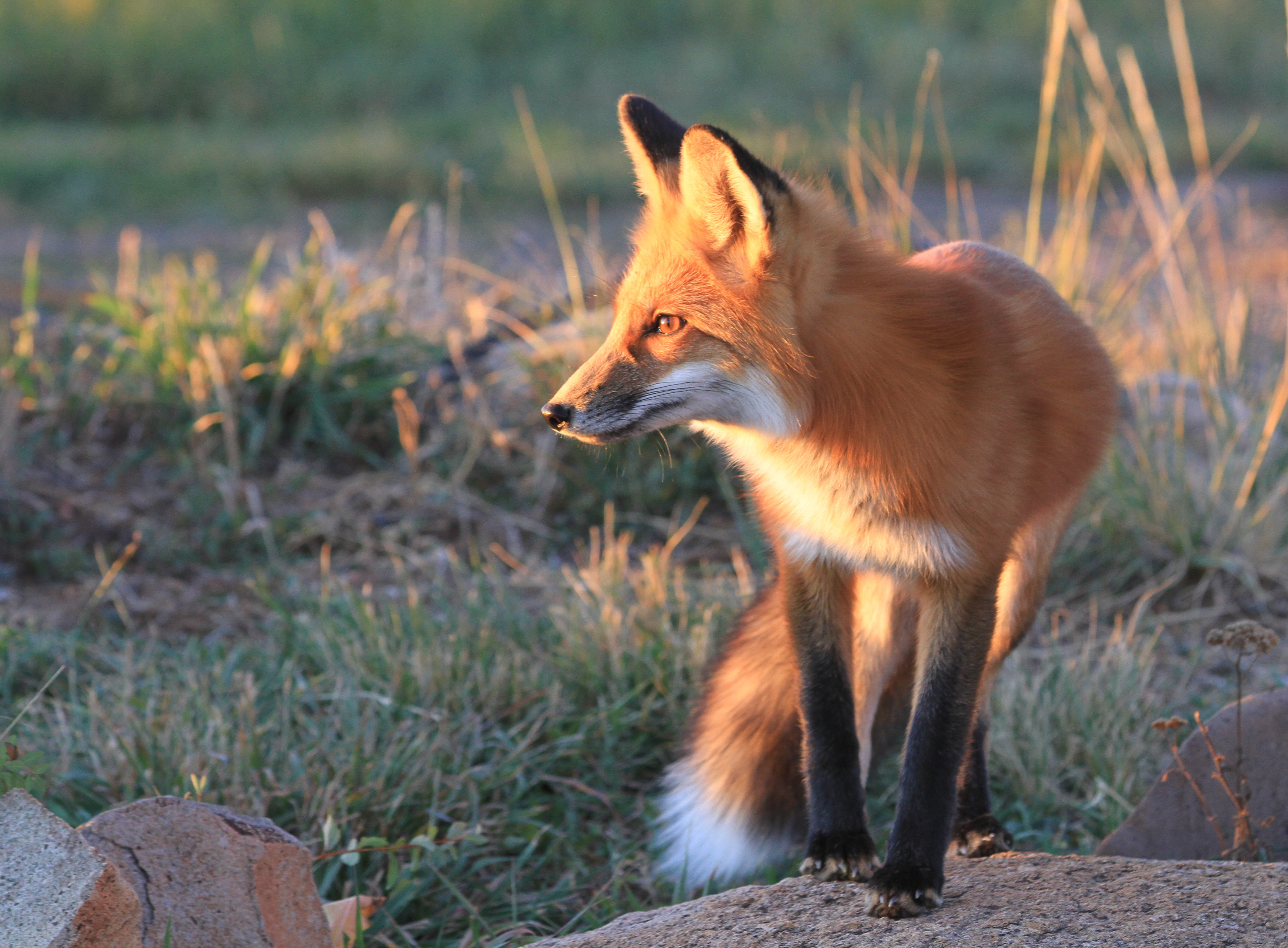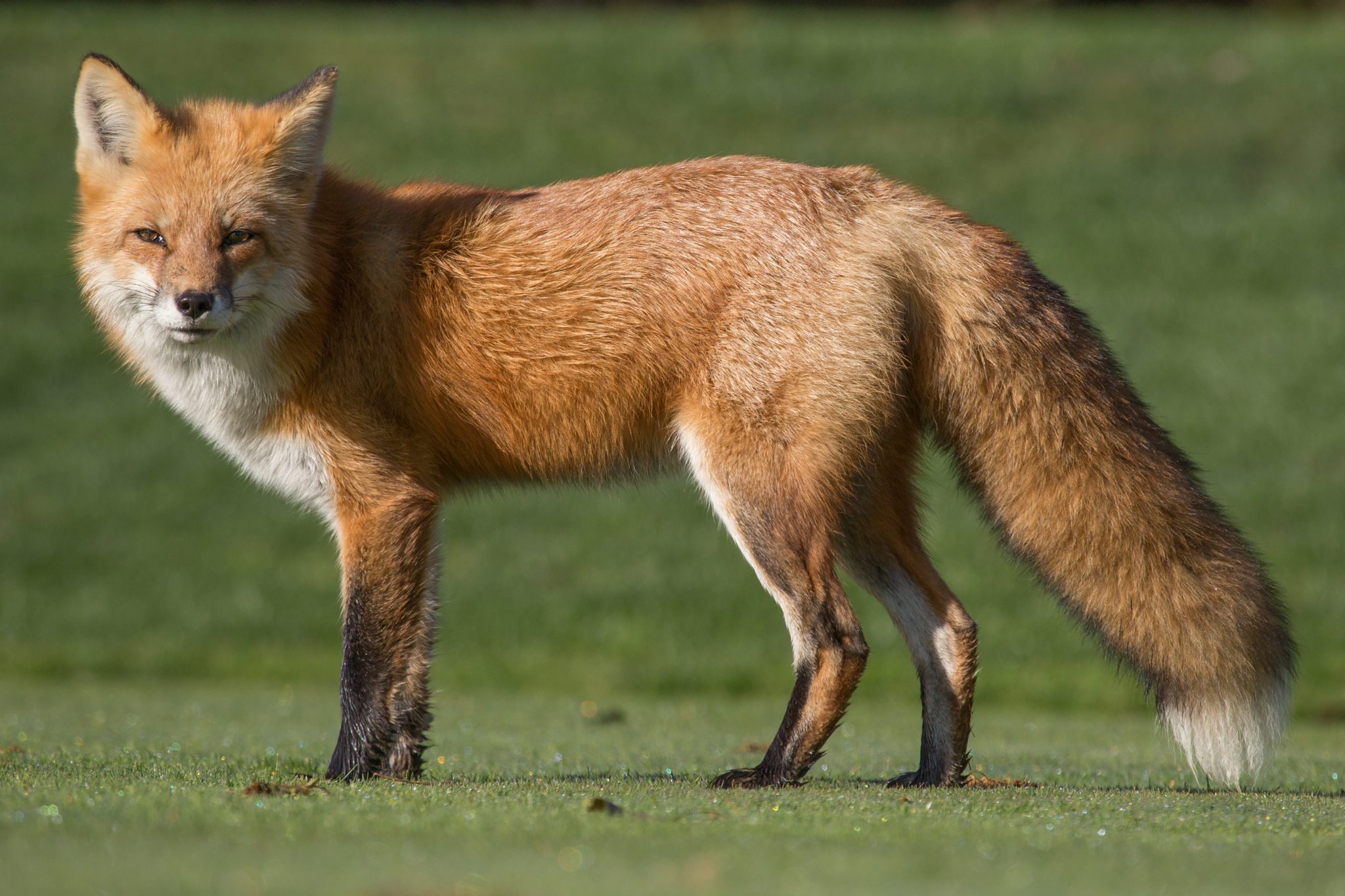Explore The World Of Foxes: Facts, Habitats & More - You Should Know!
Can an animal be both a symbol of cunning and adaptability, thriving in diverse environments from bustling cities to remote wildernesses? The answer, undeniably, is yes, and that animal is the red fox, Vulpes vulpes, a creature whose widespread presence and remarkable resilience have cemented its place in folklore, natural history, and the human psyche.
The red fox, a testament to nature's artistry, is the largest member of the fox family, a group classified within the Canidae family, making them a type of canine. Their iconic red fur, paired with a long, bushy tail, is instantly recognizable. However, their story extends far beyond their striking appearance.
These adaptable canids have conquered diverse habitats, from the forests, grasslands, mountains, and deserts across the globe. Their adaptability is remarkable, allowing them to thrive even in human-dominated landscapes such as farms and suburban areas. This versatility is one of the keys to their success, alongside their varied diet and opportunistic nature.
- Cameron Valentina Eyre Bio Age Boyfriend More Latest Updates
- Caroline Gregorys Net Worth 2024 Income Assets Revealed
The red fox, widely distributed across Europe, temperate Asia, northern Africa, and North America, boasts the largest natural distribution of any land mammal, second only to humans. It is a truly global creature.
The red fox's introduction to Australia in the 19th century is a fascinating case study in ecological adaptation. Since then, it has spread throughout much of the continent, demonstrating their capacity to thrive in new and challenging environments. They've established themselves as a presence in a new and unfamiliar ecosystem.
Red foxes are primarily carnivores, but they are generally classified as omnivores. Their diet is as adaptable as they are. In Britain, they prey on small rodents such as field mice, voles, and rabbits. They also readily consume birds, insects, earthworms, grasshoppers, beetles, blackberries, plums, mollusks, crayfish, amphibians, small reptiles, and fish. They are truly opportunistic feeders, even scavenging carrion when necessary. Their diet is reflective of their adaptability.
- A Cry For Help The Tracey Thurman Story Watch Now Learn
- Maria Bakalova Nude Scenes Where To Find Them More Explore Now
Their physical characteristics contribute to their success. Slender bodies, bushy tails, and sharp features, including pointed ears and snouts, all contribute to their identity. These features make foxes easily identifiable, distinct from other canids like coyotes. Juvenile red foxes are called kits; males are tods or dogs, females are vixens, and young are also called cubs.
The red fox's adaptability extends to its behavior. They come out mostly at night, but can also be seen during the day. They eat a wide range of foods. They consume small game, rabbits, rodents, fruits, and vegetables. Their diet is a well-balanced, high-protein diet.
Considering the red fox's widespread prevalence, it is no surprise that it is often the creature that comes to mind when we think of foxes. They're successful. They are widespread. Red foxes are in Australia to North America and Asia to Europe and even North Africa. The red fox is a testament to the resilience and resourcefulness of nature.
Beyond the realm of wildlife, technology offers a diverse range of solutions that are being used in education. One example of this is a fully comprehensive digital solution designed to assist schools, preschools, and municipalities in integrating technology into their learning environments. This approach represents the changing landscape of education, where technology is used to enhance learning and provide improved educational opportunities.
This innovative approach underscores the way that technology can provide tools for teachers and students alike.
The world of business and technology is also evolving. Businesses are now very interested in understanding how to minimize their carbon footprint. Consumers are equally focused on the ways to minimize their environmental impact. This shift from consumer preferences to a focus on sustainability is a clear sign of the times.
| Feature | Details |
|---|---|
| Common Name | Red Fox |
| Scientific Name | Vulpes vulpes |
| Family | Canidae (Canines) |
| Lifespan | 2-5 years in the wild, up to 10 years in captivity |
| Size | Length: 90-140 cm (including tail); Weight: 2.2-14 kg |
| Appearance | Typically reddish-brown fur, bushy tail, pointed ears and snout. Color can vary. |
| Habitat | Diverse: forests, grasslands, mountains, deserts, urban and suburban environments. |
| Diet | Omnivorous: rodents, birds, insects, fruits, vegetables, carrion. |
| Distribution | Worldwide, except for Antarctica and some oceanic islands. |
| Social Behavior | Generally solitary, but may live in family groups. |
| Conservation Status | Least Concern (IUCN) |
| Key Adaptations | Highly adaptable, diverse diet, varied habitat tolerance. |
| Interesting Fact | The red fox has the largest natural distribution of any land mammal (excluding humans). |
| Reference Website | National Geographic - Red Fox |
The news from Spokane highlights local events. Beyond regional news, a variety of media outlets are available for information and entertainment. Some media outlets offer local news, weather updates, sports coverage, and entertainment.
Seattle residents and those across Western Washington often get their news from FOX 13. This source is a hub of information for local, breaking news, sports, and weather reports.
Many other stories and happenings affect people's daily lives. The success of the red fox, a creature that inhabits nearly every corner of the globe, and whose presence continues to thrive is a testament to nature's adaptability.
And that's not all.



Detail Author:
- Name : Dr. Eloy Jast
- Username : kylie58
- Email : bosco.clara@goldner.com
- Birthdate : 2005-10-29
- Address : 52474 Malcolm Union Suite 601 New Wilfredtown, IA 16200-8091
- Phone : +1 (620) 414-2590
- Company : Zemlak, Rempel and Purdy
- Job : Communication Equipment Worker
- Bio : Temporibus qui consequatur nam reprehenderit nulla. Incidunt error consequatur minima fuga. Voluptas atque consequatur debitis odio illum.
Socials
instagram:
- url : https://instagram.com/alicia_blanda
- username : alicia_blanda
- bio : Eaque voluptas ex odio non earum occaecati. Doloribus qui ut temporibus libero.
- followers : 2573
- following : 1303
tiktok:
- url : https://tiktok.com/@blandaa
- username : blandaa
- bio : Harum aspernatur vitae sapiente quam laudantium fugit.
- followers : 2020
- following : 2195